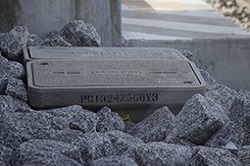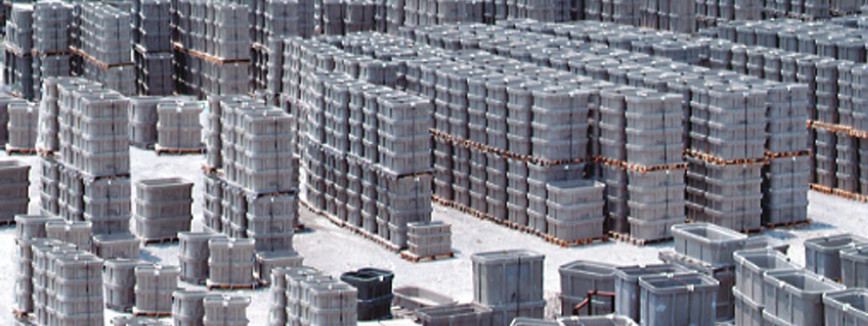Choosing Enclosures & Pads for Electrical & Underground Utilities
When you’re installing wiring and/or cable assemblies underground, in order to prevent serious accidents from happening, it’s important to use the correct load bearing for your electrical enclosure. Using improper equipment to house your underground electrical systems can lead to product failure, electrocution and even death. You need to consider the safety of workers and the general public.

Underground enclosures and pads are used for a variety of industries including electrical, telecommunication, transportation, and utility markets. Choosing the right box for your specific application can be the difference between safety and tragedy. High quality units are built to withstand the proper loads and exposure to sunlight and resist chemicals, water absorption, and flammability.
Enclosure Standards
The underground electrical enclosure you choose for your application must follow ANSI/SCTE, Specification for Underground Enclosure Integrity standards. These regulations ensure the enclosure has resistance against all chemicals and other outside influences it may come in contact with. They also verify through a series of tests that it can withstand all loads it may encounter. To adhere to ANSI standards, the enclosure must hold up under rigorous structural, environmental, physical, and equipment protection testing.
The load tiers determined by ANSI are based on the traffic the enclosure may come in contact with. From light duty, pedestrian only traffic to heavy duty, continuous vehicular traffic, the enclosure must protect both the equipment inside and the external influences around it. Tragedies can occur when units fail; but by using the right material and load bearing, they don’t have to happen. Determine every outside influence that may come in contact with the enclosure, whether accidental or purposeful, to decide which load bearing works best for your application.
Enclosure Materials
 Enclosures are generally made from pre-cast concrete, plastic, fiberglass, or polymer concrete. The first three are cost competitive with a low initial price. Though polymer concrete is more expensive, over time it is often much more cost effective. Polymer concrete underground enclosures need little repair or maintenance for many years and are most effective against liability claims. When it comes to cost, it’s important to know what you’re willing to spend in the long run. Constant upkeep on lower quality enclosures is necessary to avoid electrical accidents. From cracked lids and sidewall deflection to completely collapsed units, the lesser the quality the more likely the accidents that may occur.
Enclosures are generally made from pre-cast concrete, plastic, fiberglass, or polymer concrete. The first three are cost competitive with a low initial price. Though polymer concrete is more expensive, over time it is often much more cost effective. Polymer concrete underground enclosures need little repair or maintenance for many years and are most effective against liability claims. When it comes to cost, it’s important to know what you’re willing to spend in the long run. Constant upkeep on lower quality enclosures is necessary to avoid electrical accidents. From cracked lids and sidewall deflection to completely collapsed units, the lesser the quality the more likely the accidents that may occur.
Protect your company and everyday citizens by choosing the best and highest quality underground units. Secure against fatalities and liability by doing the research to determine which units will provide optimal performance for your applications. Let safety and quality be the most important factors when it comes to choosing your next underground enclosure or pad.
Other Articles You May Enjoy:
How to Calculate Underground Pull Box Sizing
Determining Proper ANSI Load Ratings for Underground Pull Boxes
